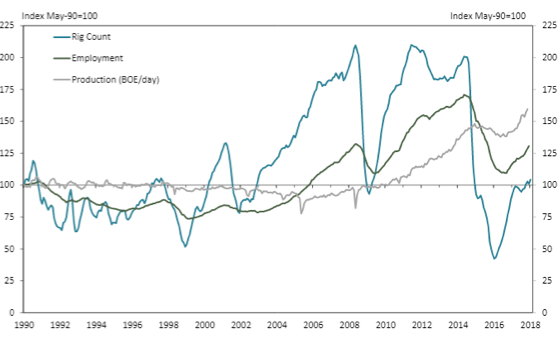Are we nearing the last stages of the Apple wave?
Apple sells fewer iPhones every year despite consistent revenue growth

Apple - the one phone brand everybody knows. Even if you haven’t owned an Apple product in the past decade, you have probably seen somebody in Hyde Park taking a selfie with their new iPhone XR or the person sitting next to you in the library on their MacBook Air. Ever since 2007, Apple has enjoyed a wonderful decade as the King of Smartphones after usurping Nokia for that title. Indeed, Apple was one of the driving forces behind the smartphone boom in the market, making it a household name. For the past couple of years, however, the smartphone market started to stagnate, which posed a problem for many phone companies. Apple, however, seemed to defy the trends by showing a steady growth in revenue. And yet, two weeks ago, the company “stunningly slashed its own revenue forecast for its first fiscal quarter that ended in December”, resulting in a stock plunge of 10% - the worst the company had ever seen in six years.
It was revealed that, despite the continual revenue growth over the years, Apple had actually been selling fewer and fewer iPhones. The reality is that Apple saw a peak in iPhone unit sales in 2015 and that Apple sold 14 million fewer phones than it did three years ago. One might ask - how was there revenue growth if fewer models were sold? The answer - hiked prices.
Technology always gets cheaper over time. In 1984, Motorola sold the first mobile phone for $4000, whereas now the average price of a handset is $320, according to IDC, a research firm. Apple, however, bucked the trend. To hide its stagnating growth, they hiked up the prices for the newer iPhone models to continue generating revenue. Due to their loyal fan base, this stalling tactic was sucessful. However, it is clear that there is only so much they can hike up the prices. Realistically, would you be willing to pay $1,500 or $2,000 for an iPhone when you can also get a smartphone that’s much cheaper with the same functionalities from Samsung or Vivo? Last November, they said that they will not be releasing unit sales figures anymore, which is very indicative of exactly how hot the water they have landed up in is.
The company blamed “a slow economy in China and the trade skirmish with the U.S. for worse-than-expected consumer transactions in the region that includes China, Taiwan and Hong Kong”. CEO Tim Cook also told stockholders in a letter that iPhone sales were on a decline due to changes in the smartphone market and consumer behaviour - information that should have been conveyed ahead of time to investors. He also mentioned that “upgrades also were not as strong as we thought they would be.” Upgrades, for those not in the loop, are people who already own old iPhone models and will upgrade by buying the latest one on the market. This was attributed to many factors, such as: economic weakness in some countries, people using their smartphones for longer periods of time due to the halt in subsidies from the mobile phone companies, the rising iPhone prices and the lower-cost battery swaps, slowed down economic conditions in China in the second-half of 2018 and the shopping traffic being hurt by the uncertainty surrounding the U.S.-China trade war, despite Apple claiming two months ago that Apple’s China business was “very strong”.
It is important to note that this doesn’t mean that Apple is currently crashing and burning, as it is obvious from growth charts that they are generating enough revenue and cash-flow to be envied by anyone in the corporate world. What it does mean, however, that Apple broke the “No. 1 rule of being a public company” - honesty and openness with investors about the progress of the business - and so, in the coming year, will have to face the consequences.








